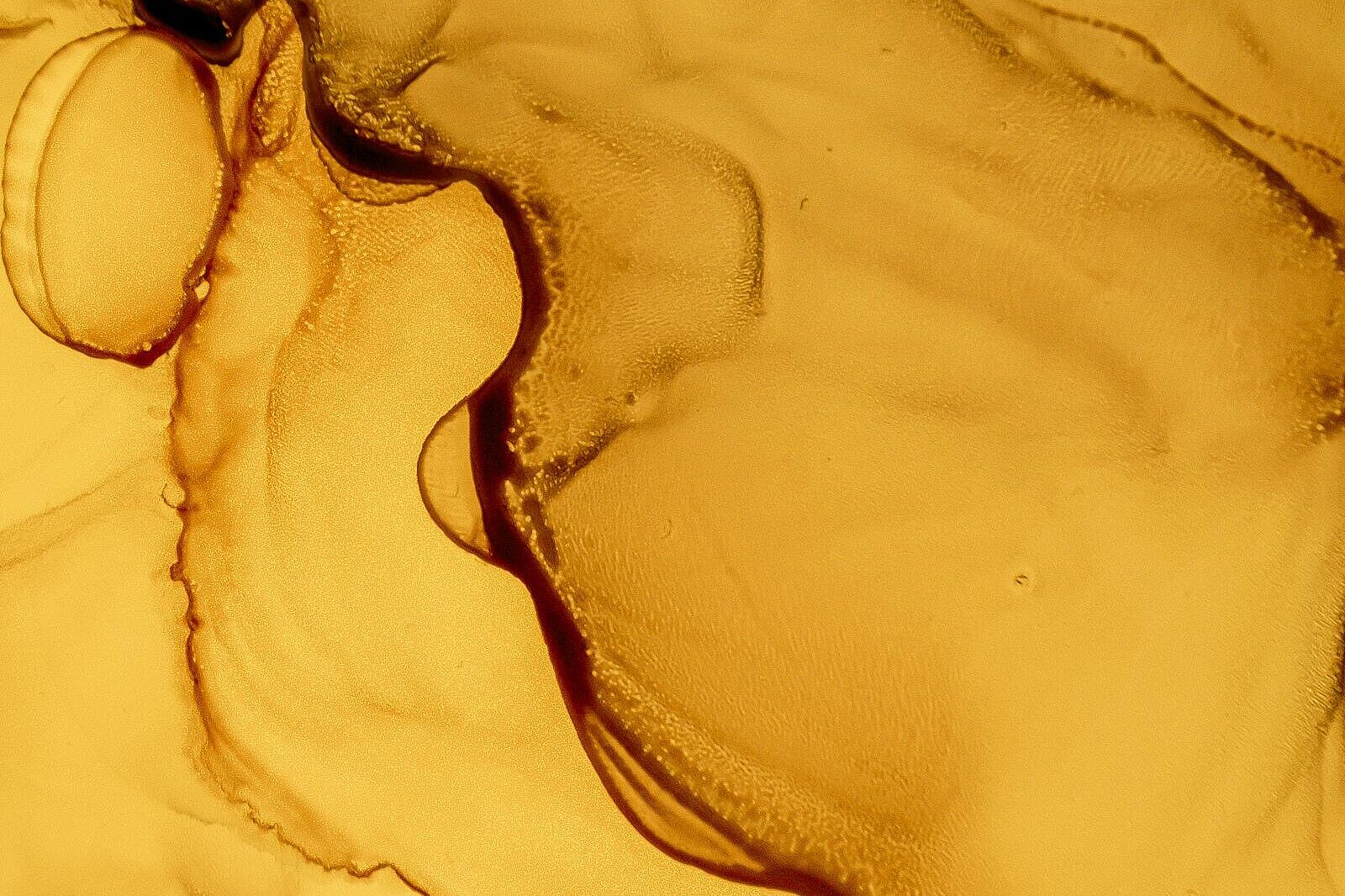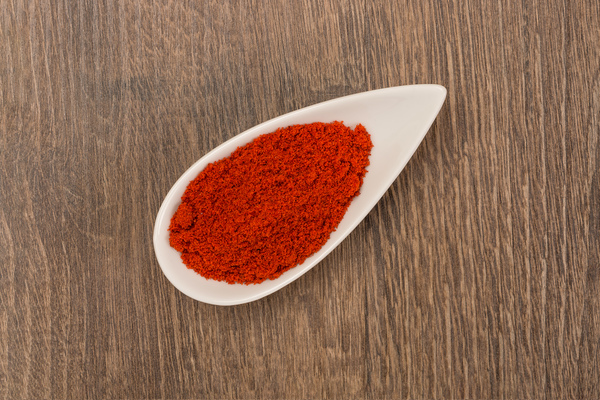Allura red AC

What is allura red?
Allura red is a synthetic dye made from petroleum. It belongs to the azo dyes, which form a large group of dyes that contain an azo bridge (-N=N-). Allura red has the molecular formula C18H14N2O8S2 and the CAS number 25956-17-6. It is also known under the names FD&C Red 40, Food Red 17 or C.I. 16035.
Allura red is a dark red, water-soluble solid that turns orange in acidic solution. It is heat-resistant and lightfast, but not oxidation-stable. It can be mixed with other colorants to create different shades.
What are the advantages of Allura Red?
The main benefit of Allura Red is its ability to add attractive color to dog food. Many dogs are attracted to colorful foods and prefer to eat them over bland or gray foods. This can improve acceptance and food intake, which can be especially important for picky or sick dogs.
Another advantage of Allura Red is its low toxicity. According to the European Food Safety Authority (EFSA), the Acceptable Daily Intake (ADI) for Allura Red is 7 mg/kg body weight per day. This means that a 10 kg dog could ingest up to 70 mg of allura red per day without suffering any adverse health effects. The EFSA has also determined that Allura Red has no carcinogenic, mutagenic or reprotoxic effects.
What are the disadvantages of Allura Red?
The main disadvantage of Allura Red is its potential allergenic effect. Some dogs may be sensitive to Allura Red and show symptoms such as skin rash, itching, breathing difficulties or gastrointestinal problems. These reactions can vary from mild to severe and may require veterinary treatment.
Another disadvantage of Allura Red is its possible influence on the behavior of dogs. Some studies have shown that Allura Red and other azo dyes can affect activity and attention in children. Although there is no direct evidence that this is also the case in dogs, it could be that allura red alters the behavior of dogs and makes them more restless or aggressive.
Allura red is a red azo dye that is used in dog food to give it an appealing color. It has the advantage that it increases food acceptance and is less toxic. However, it also has the disadvantage that it can trigger allergic reactions and influence the behavior of dogs.
Properties 8
Are you looking for other ingredients with a specific property?
Just click on them to find more.
If you notice any signs of hypersensitivity or poisoning in your dog, you should see your vet immediately. We are not a substitute for a vet, but we try to be as accurate as possible. Every dog reacts differently and we recommend you get a second opinion or consult your vet if in doubt.
Stay healthy and take good care of your four-legged friend!😊
Similar to Allura red AC
Tartrazine is a yellow to orange dye that is added to foods, cosmetics and medicines to give them an appealing color. It is obtained synthetically from coal tar, a black and smoky substance that is...
Azorubin has no nutritional benefit for dogs. It only serves to improve the appearance of the products and make them more attractive to the consumer. Some dogs like the red color more than others...
Erythrosine is used in some veterinary medicines to differentiate them from other products or to make dosing easier. For example, the antibiotic Twinox 200 mg/50 mg tablets for dogs contain 0.25 mg...


